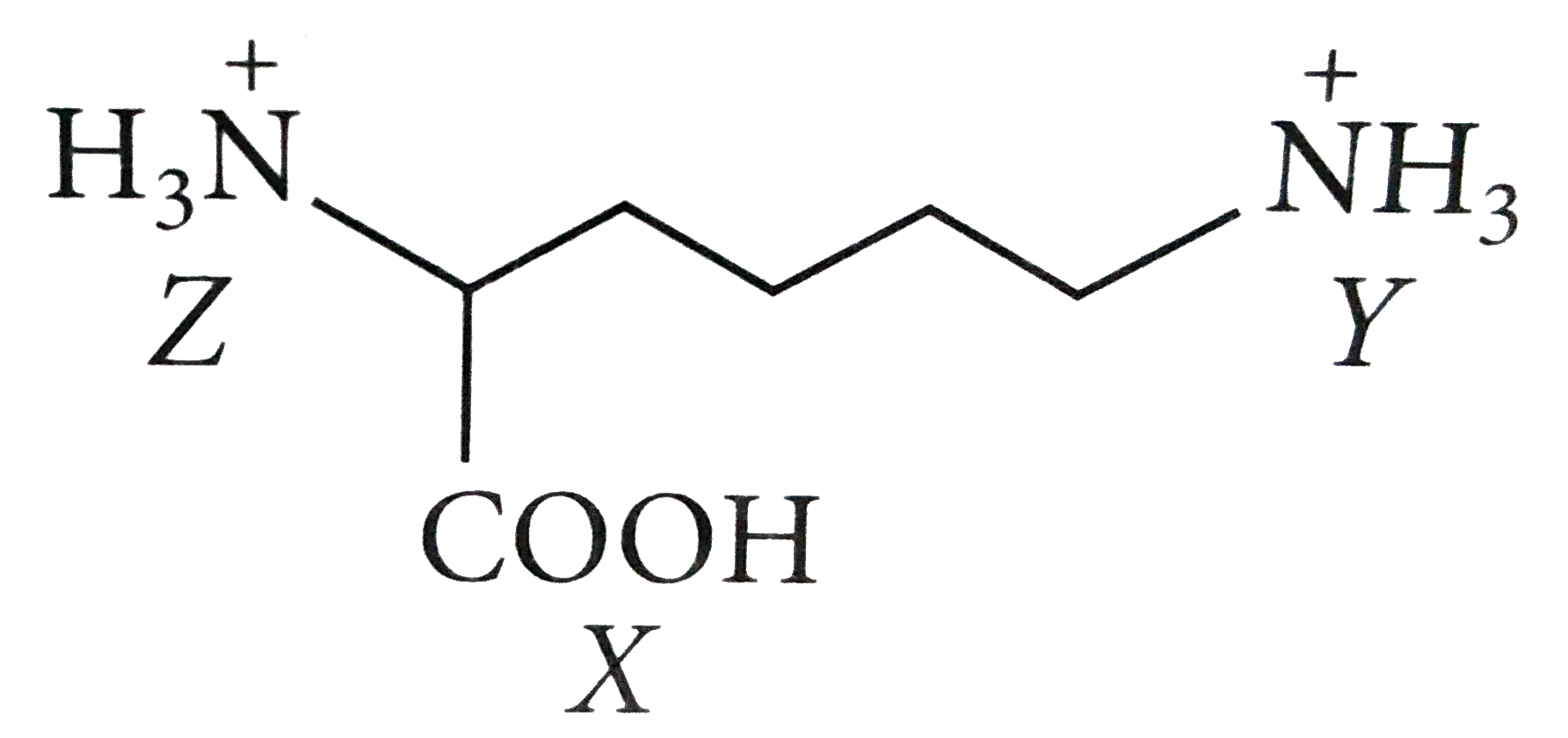Arrange with explanation the following elements in the order of increasing ionisation energy.
X(Z = 4) , Y(Z = 5), D(Z= 6), E(Z= 11)
To arrange the elements X (Z = 4), Y (Z = 5), D (Z = 6), and E (Z = 11) in the order of increasing ionization energy, we will first identify the elements based on their atomic numbers and then analyze their electronic configurations.
Step 1: Identify the Elements
- X (Z = 4): Beryllium (Be)
- Y (Z = 5): Boron (B)
- D (Z = 6): Carbon (C)
- E (Z = 11): Sodium (Na)
Step 2: Write the Electronic Configurations
- Beryllium (Be): 1s² 2s²
- Boron (B): 1s² 2s² 2p¹
- Carbon (C): 1s² 2s² 2p²
- Sodium (Na): 1s² 2s² 2p⁶ 3s¹
Step 3: Analyze Ionization Energy Trends
1. General Trend: Ionization energy increases across a period (left to right) and decreases down a group (top to bottom).
2. Beryllium (Be): Has a filled 2s orbital (2s²), which means it is relatively stable and requires more energy to remove an electron.
3. Boron (B): Has a partially filled 2p orbital (2s² 2p¹), which makes it easier to remove an electron compared to beryllium.
4. Carbon (C): Has two electrons in the 2p orbital (2s² 2p²), and while it is more stable than boron, it still has a higher ionization energy than beryllium due to the increased nuclear charge.
5. Sodium (Na): Being in the third period, it has a lower ionization energy compared to the elements in the second period because it is further down the group.
Step 4: Order of Increasing Ionization Energy
Based on the analysis:
- Sodium (Na) has the lowest ionization energy.
- Beryllium (Be) comes next due to its filled 2s orbital.
- Boron (B) follows as it has a lower ionization energy than carbon.
- Carbon (C) has the highest ionization energy among these elements.
Thus, the order of increasing ionization energy is:
E (Na) < X (Be) < Y (B) < D (C)
Final Answer:
E < X < Y < D (or Na < Be < B < C)
- X (Z = 4): Beryllium (Be)
- Y (Z = 5): Boron (B)
- D (Z = 6): Carbon (C)
- E (Z = 11): Sodium (Na)
- Beryllium (Be): 1s² 2s²
- Boron (B): 1s² 2s² 2p¹
- Carbon (C): 1s² 2s² 2p²
- Sodium (Na): 1s² 2s² 2p⁶ 3s¹
1. General Trend: Ionization energy increases across a period (left to right) and decreases down a group (top to bottom).
2. Beryllium (Be): Has a filled 2s orbital (2s²), which means it is relatively stable and requires more energy to remove an electron.
3. Boron (B): Has a partially filled 2p orbital (2s² 2p¹), which makes it easier to remove an electron compared to beryllium.
4. Carbon (C): Has two electrons in the 2p orbital (2s² 2p²), and while it is more stable than boron, it still has a higher ionization energy than beryllium due to the increased nuclear charge.
5. Sodium (Na): Being in the third period, it has a lower ionization energy compared to the elements in the second period because it is further down the group.
Based on the analysis:
- Sodium (Na) has the lowest ionization energy.
- Beryllium (Be) comes next due to its filled 2s orbital.
- Boron (B) follows as it has a lower ionization energy than carbon.
- Carbon (C) has the highest ionization energy among these elements.
E (Na) < X (Be) < Y (B) < D (C)
E < X < Y < D (or Na < Be < B < C)
Topper's Solved these Questions
- BOOK - ICSECHAPTER - CLASSIFICATION OF ELEMENTS AND PERIODICITY IN PROPERTIESEXERCISE - REVIEW EXERCISES29videos
CLASSIFICATION OF ELEMENTS AND PERIODICITY IN PROPERTIES
- BOOK - ICSECHAPTER - CLASSIFICATION OF ELEMENTS AND PERIODICITY IN PROPERTIESEXERCISE - VERY SHORT ANSWER TYPE QUESTIONS25videos
CLASSIFICATION OF ELEMENTS AND PERIODICITY IN PROPERTIES
- BOOK - ICSECHAPTER - CHEMICAL THERMODYNAMICS EXERCISE - NCERT TEXT-BOOK. EXERCISES22videos
CHEMICAL THERMODYNAMICS
- BOOK - ICSECHAPTER - ENVIRONMENTAL CHEMISTRY EXERCISE - NCERT TEXT-BOOK EXERCISE20videos
ENVIRONMENTAL CHEMISTRY
Similar Questions
Consider the compound
 and arrange X,Y, Z in order of increasing acid strengths . View Solution
and arrange X,Y, Z in order of increasing acid strengths . View SolutionArrange the following orbitals of H-atom in the increasing order of their energy.
3px,2s,4dxy,3s,4pz,3py,4sView SolutionUsing determinants, show that the following system of linear equation is inconsistent: x−3y+5z=4 , 2x−6y+10z=11 , 3x−9y+15z=12
View SolutionUsing matrices solve the following system of linear equations: ⎧⎪⎨⎪⎩2x+3y+10z=44x−6y+5z=16x+9y−20z=2.
View SolutionUsing determinants, show that the following system of linear equation is inconsistent: x−3y+5z=4 2x−6y+10z=11 3x−9y+15z=12
View SolutionSolve the following system of equations using matrix method:
2x+3y+10z=4
4x−6y+5z=1
6x+9y−20z=2View SolutionSolve the following system of linear equations by Cramers rule: 6x+y−3z=5, x+3y−2z=5, 2x+y+4z=8
View SolutionFind the solution of homogeneous system of equations: x−2y+z=0;x+y=z and 3x+6y=5z
View SolutionUsing matrices, solve the following system of equations: 2x−3y+5z=11, 3x+2y−4z=−5, x+y−2z=−3
View SolutionSolve the following system of linear equations by Cramers rule: x−4y−z=11, 2x−5y+2z=39, −3x+2y+z=1
View Solution

